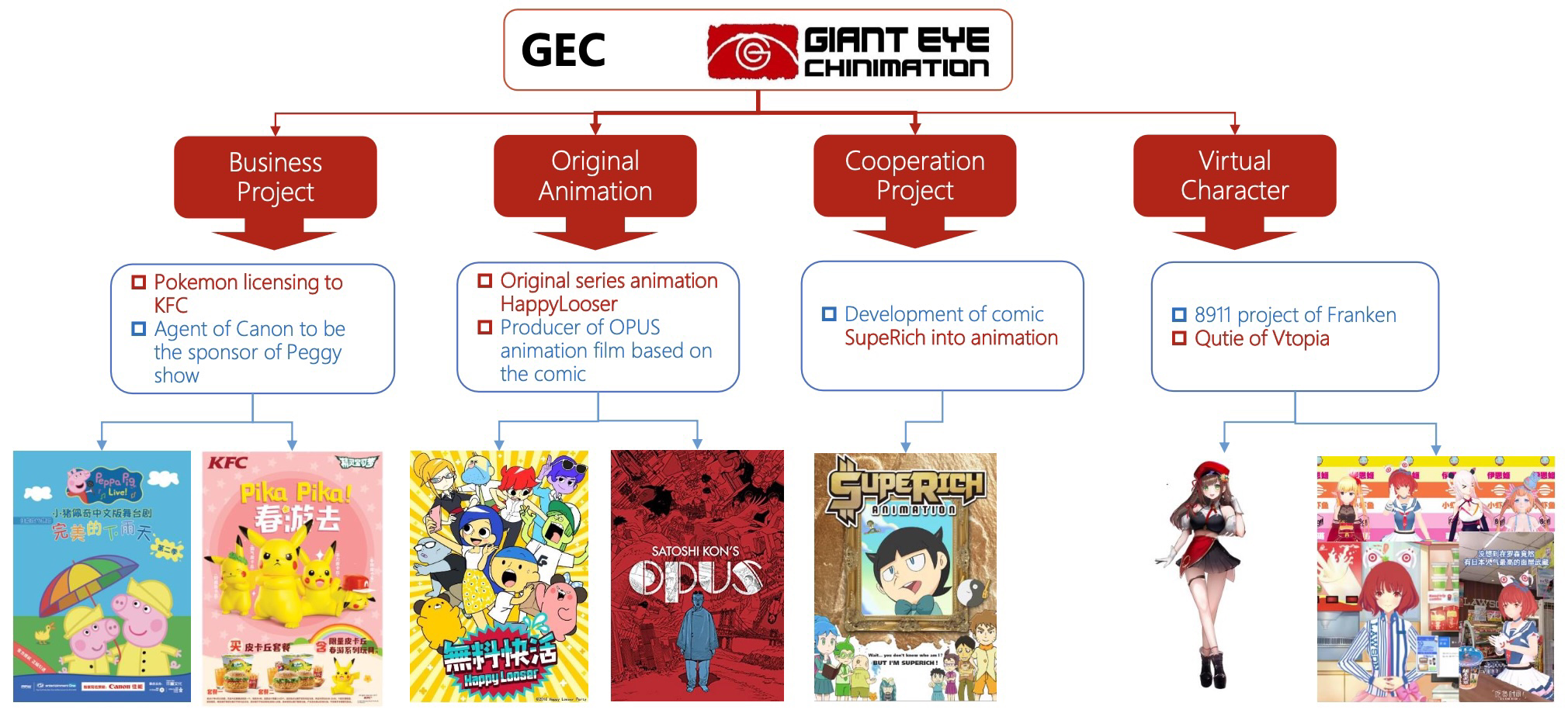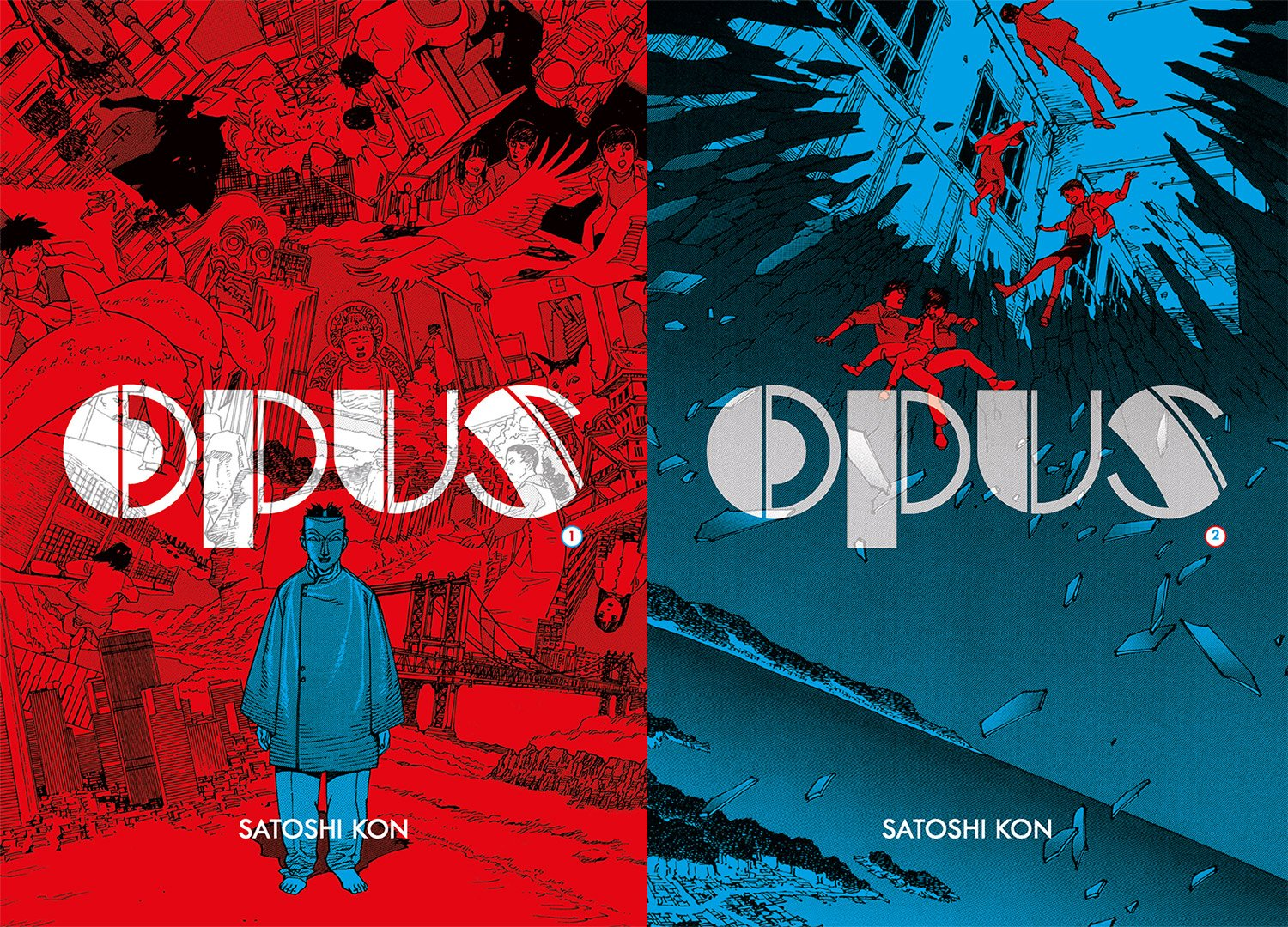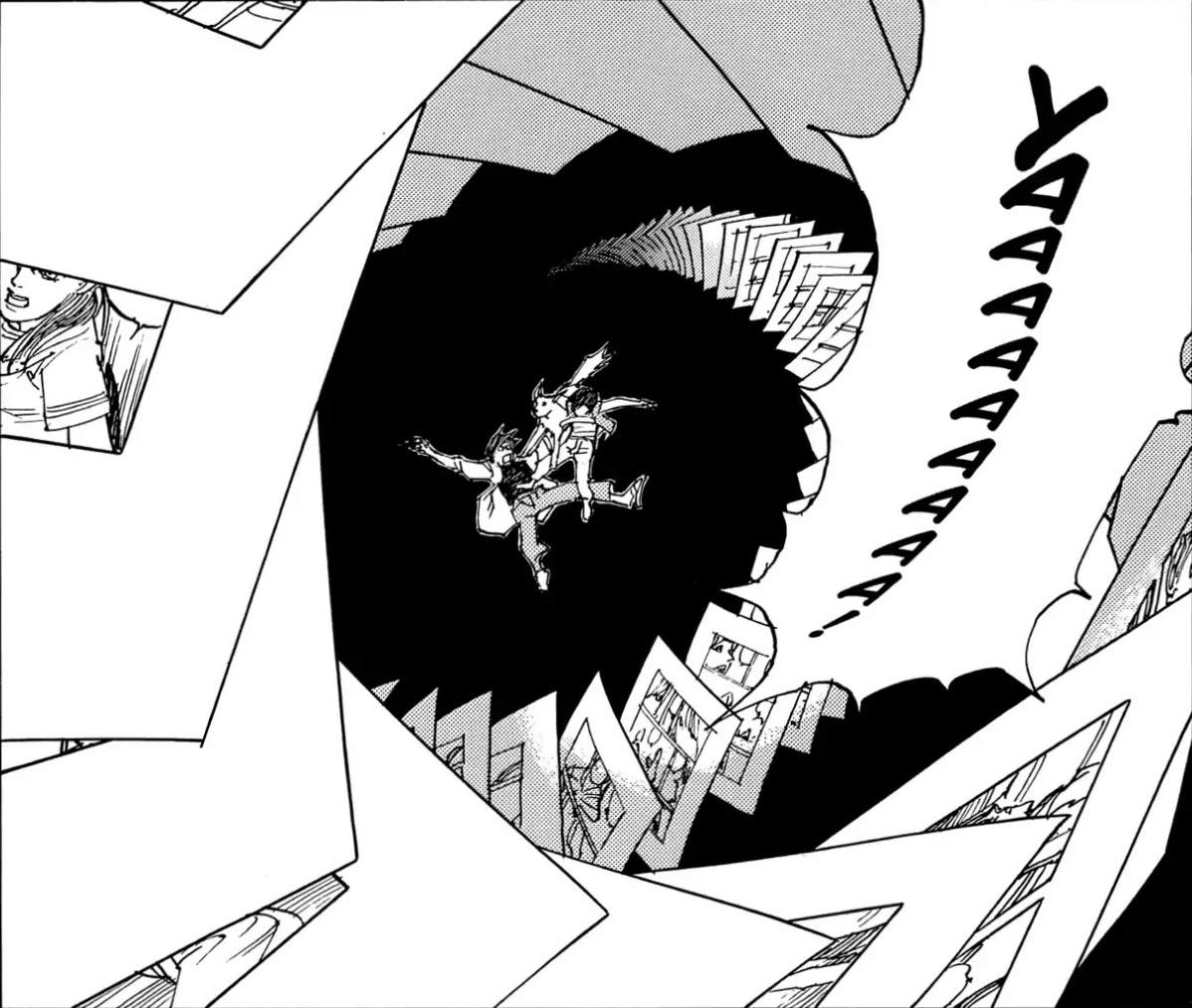I ended my previous post by saying I considered my second crossing of paths with the legendary animation producer Masao Maruyama, or Maruyama-san to be my calling to make my contributions to both his and Satoshi Kon’s legacies. I will now explain why and it involves someone who is both a business associate and a friend.
Over the years, I've learned to always take a step back from situations and ask what is really going on underneath their surface. In order to gain deeper insights, one needs to poke a hole into the fabric of our reality and peek underneath. There are always reasons that may not be so apparent.
My reason for believing this to be my calling is Tony Izumi. I’ve known him for more than two decades and we've had many adventurous collaborations on the cutting edge of creativity, media/storytelling and technology. I’ve always admired and respected Tony’s ideals for wanting to enable and empower artists.
Tony worked at Madhouse, and under Maruyama-san, led the overseas business, which included his role and responsibility as the general manager for Madhouse Beijing. He produced multiple projects, including Yona Yona Penguin, a Japanese-French production and The Tibetan Dog, a Chinese-Japanese production.

Today, he is co-founder at GiantEye Chinimation Inc. (GEC), a Beijing-based anime development and production studio alongside his partner, Zhu Hua. They established GEC in December 2011, focusing on the development and expansion of anime-inspired products and services for use cases beyond entertainment media. GEC has carried out various types of cooperation with well-known institutions, some of them being Kodansha, Pokemon, TakaraTomy, iQiyi, Youku, and China Film Group.
In 2019, Tony and I intensified our communication, brainstorming ideas and creating opportunities across US, Japan and China in the realms of Avatars, Virtual Idols (a.k.a. VTubers) and Virtual Reality. We were really excited about the coming year but 2020 brought a virus that would bring chaos, fear and destruction. As the pandemic rose, so did the infections and deaths.

Tony and I stayed in touch throughout this period of darkness. If my memory is correct, it was around December when Tony said “Maruyama-san and I are going to produce an anime feature film called Opus.” Those were the pristine words I heard from Tony’s freshly minted Avatar inside the virtual reality meeting space we had setup via Spatial.
He told me how GEC had come to an agreement with KON'Stone Inc. to develop and produce an anime adaptation of Opus, a classic manga series written and illustrated by Satoshi Kon. As surreal as this may sound, we were talking about this artist within a pixelated reality nested inside our physical reality, both co-existing in our minds. How much more "Satoshi" could this get?

Opus was Satoshi Kon's last manga before he made his anime debut with Perfect Blue. Unfortunately, the manga was never finished due to the cancellation of its parent magazine, making it another one of his unfinished symphonies. Years later, a missing final chapter to Opus was rediscovered after Kon’s death.
I was immediately hooked by Opus and its complex backstory. I spent my next several days immersed in yet another journey through the mind of Satoshi Kon. I felt an urgent desire to be a contributor and committed to propose something meaningful and transformative to Tony. However, I first needed to study and learn more about Opus.
It tells the story of a manga artist who is pulled into his own creation when he becomes too careless with his creative decisions. He is forced to confront his characters, reconnecting with his humanity and artistic drive as he faces down the morality of his actions as a storyteller.

There is a hidden power to the source material that deserves mention. The bittersweet irony of Satoshi Kon's career is that despite creating several influential and admired anime classics, he never broke through to the blockbuster level. In retrospect, that might be because he was too advanced for his time.
We've finally reached the perfect time to strike at a global level with his narrative concepts: today's popular film audience is now advanced enough to embrace ideas like virtual reality, artificial intelligence, multiverses existing within narratives and the permeable nature of the barrier between reality and fantasy.
Opus weaves all those concepts together with style and confidence, making it the exact kind of project that can excel in a cinematic marketplace where blockbusters are made of such ideas.”
My conclusion: Opus is great source material. Kon's work has blurring the lines between different realities ever since he was a mangaka and this is a grand expression of that theme.
Over the next several months that followed, the project underwent development, packaging and preparation for financing under the leadership of Maruyama-san, Tony Izumi, and Zhuhua. In order to bring the best version of Opus as anime adaptation, I realized they would need reliable partners, sponsors and financiers that would ensure they have the right amount of funding at their disposal.
In the next post, I will share about the other Satoshi, the one who inspired the idea and the spirit of my proposal to Tony.
For Part 3:
For Part 1:
For those unfamiliar with or light on information about Satoshi Kon, I highly recommend watching this 53-minute retrospective on Satoshi Kon's career, life and the biggest problem that came from that. My special thanks to STEVEM for having created this short documentary. I just joined his Patreon and would invite my readers to check his passionate works and subscribe his youtube channel.